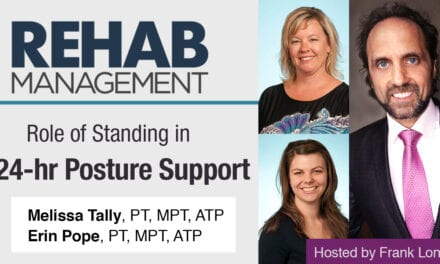Seniors who visit emergency departments may require more mobility assistance after discharge than they think they do, according to a recent study.
This disparity in thinking may lead to hospital readmission in the future, according to a news release from the American College of Emergency Physicians.
The release explains the results from the study that recently appeared online in Annals of Emergency Medicine.
According to the release, the study’s lead author, Timothy Platts-Mills, MD, MSc, of the University of North Carolina Chapel Hill in Chapel Hill, N.C, and others surveyed emergency department (ED) patients age 65 and older regarding how well they could take care of themselves without assistance once discharged from the ED.
Per the study’s abstract, participants were asked whether they could get out of bed, walk 10 feet, turn around, and get back in bed without assistance, and if not, whether they could perform this task with a cane, walker, or assistance. Each participant was then asked to perform the task and was provided with a mobility device or assistance as needed.
The release explains that overall, only 77% of patients in the study accurately assessed their ability to perform tasks. Of patients who said they could perform the assigned tasks without assistance, 12% required some assistance or were unwilling to complete the tasks.
Of those who said they could perform the task with a cane or walker, 48% required either human assistance or were unable to perform the task. Of those who said they could perform the task with human assistance, 24% were unable to perform the task even with someone helping them, the release continues.
“Ensuring that older adults discharged from the emergency department are able to safely function in their home environment is important because those who are unable to function safely at home are at risk for falls and return ER visits,” Platts-Mills explains in the release.
Platts-Mills notes that accurately determining whether patients can care for themselves is critical for ED physicians as they determine whether to discharge patients to their homes or elsewhere.
“A patient who reports they can walk with an assistive device but actually requires human assistance to walk is likely to be bed-bound or to fall if they go home alone,” Platts-Mills warns.
Platts-Mills states in the release that since patient statements could be inaccurate, particularly for those who may need assistance, directly observing the patients could be informative.
“Of course,” he continues, “being able to move around isn’t the only determinant of whether an older adult can be safely sent home, but it is a critical piece of information and it’s good to get it right.”
[Source(s): American College of Emergency Physicians, Science Daily]





